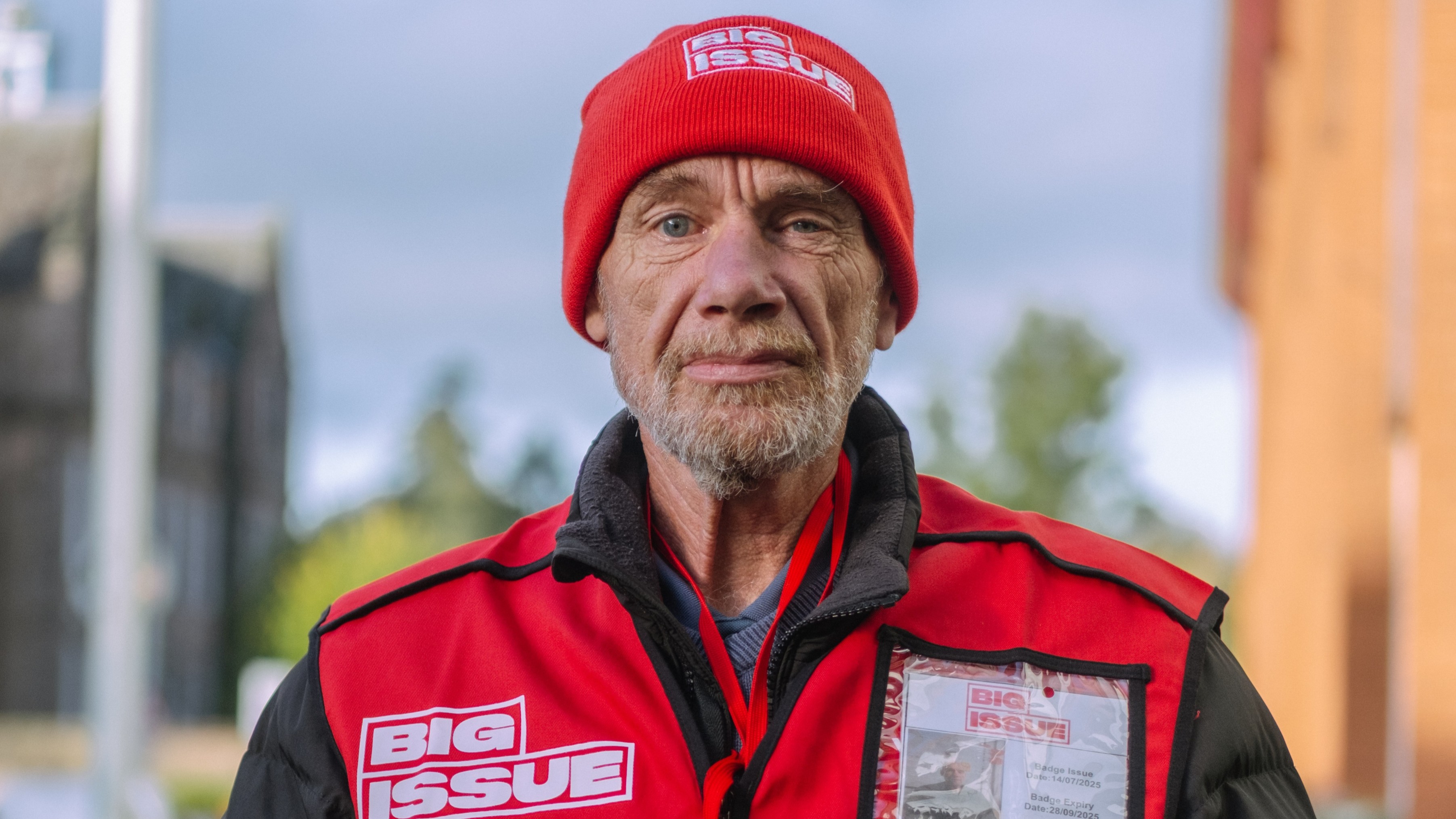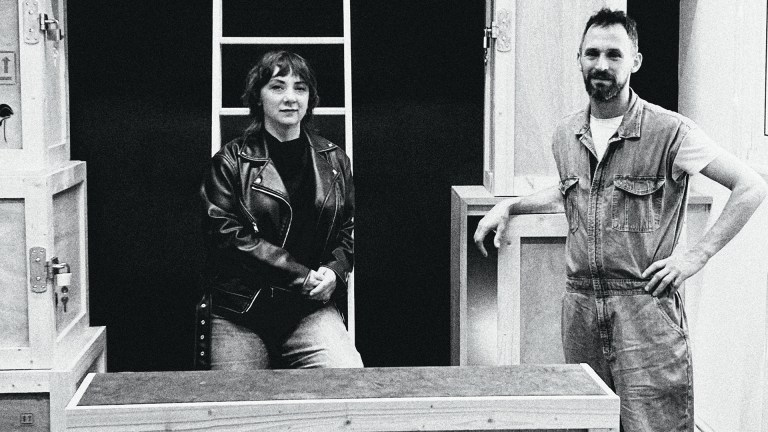It isn’t just the latest IPCC report that tells us the climate emergency is here. Fires, floods and the many other recent instances of dramatic weather have shown its very real impact in the UK and around the world. The conversation now turns to limiting emissions, to cars and fossil fuels and wide-reaching policy changes. But the role of housing plays a central part in rising temperatures too.
Currently, greenhouse gas emissions for housing contribute 22 per cent of the UK’s carbon footprint; 15 per cent from heating and hot water. The construction industry as a whole also contributes 49 per cent of carbon emissions.
Retrofitting existing housing stock to make it more environmentally friendly and implementing the dozens of solutions proposed by the Green Building Council will play a vital part in meeting the UK’s climate change targets. Yet current retrofit programmes are slow, with uneven take up, unclear communication to home occupants and long and costly supply chains.
Whilst improving retrofit and green building are important, they do little to help access to housing, its high cost, and the poor quality of a lot of our housing stock. Eight million people are currently estimated to be in housing need in England, 3.4 million live in overcrowded conditions. At the same time over 648,000 homes sit empty, 225,000 of which are long-term empty—a number growing annually, often in some of the most deprived areas. Radical transformation of the housing sector is needed if we are to properly address the dual crises of climate and inequality.
Housing is unaffordable for women in every region in England, due to their lower average income compared to men. So, it is no wonder that women make up 60 per cent of housing benefit claimants and 67 per cent of statutory homeless people. Women from Pakistani, Bangladeshi and Black African backgrounds have particularly low earnings, and lone mothers are more likely than couples with children to be in low-income households, meaning it is more difficult to afford often high private rental costs.
Around 100,000 ‘affordable’ homes would be required, almost a third of a total 344,000 new homes per year, to meet estimates of housing need in the UK. Yet, there is much evidence to suggest that increasing housing need doesn’t just fall on the lack of supply but the way planning and policy prioritises housing as a financial asset rather than a right or service.






